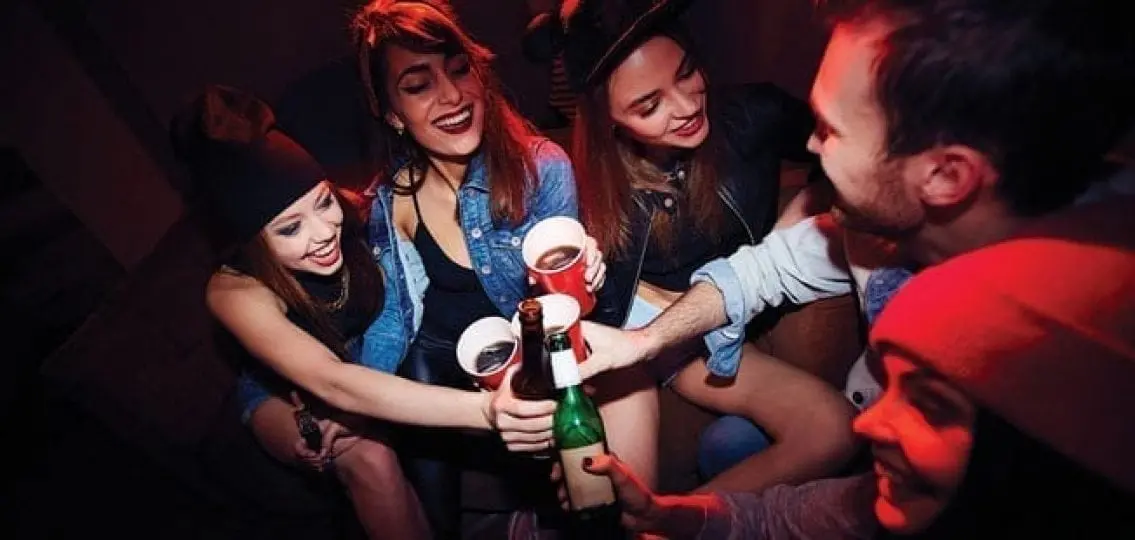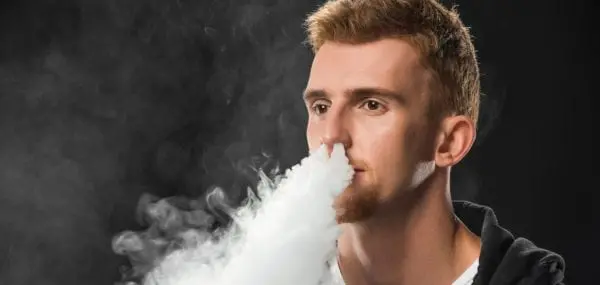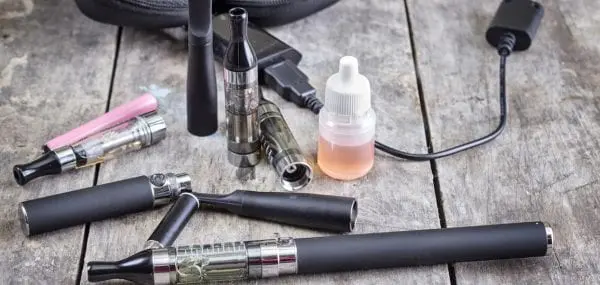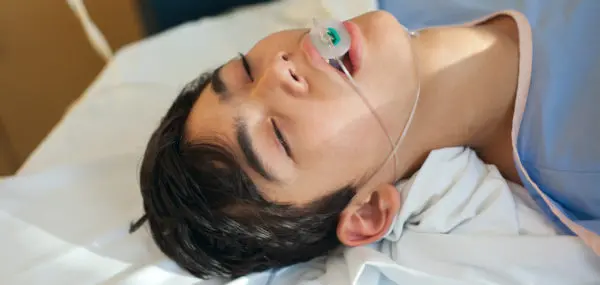It was 12:30 a.m. on a Sunday last December when my phone woke me up from a dead sleep.
Earlier that evening, my 14-year-old daughter, Jane, had gone to her first formal high school dance and then to her first afterparty. I don’t consider myself a helicopter parent. In fact, my parenting style has always been more free-range. After all, I grew up on a farm in the Midwest. But that night, I kept my phone on my nightstand just in case.
The Phone Call a Parent Dreads
“Come pick up your daughter now!” said a man’s voice mixed with thumping party music. My heart suddenly racing, I threw back the covers and scrambled in the dark to throw on whatever I could find. What was going on? I drove through my suburban neighborhood with mounting panic. I got another call from a boy who asked if I was on my way and if I was okay with alcohol.
“No, I’m not!” I screamed. “How much did she drink?” No answer.
At the luxury apartment complex where the party was being held, I found Jane splayed on the cold tile of the first floor restroom, unconscious. She was wearing her favorite Lululemon black yoga pants and a white T-shirt, her pretty, long brown hair in a ponytail.
I was stunned seeing her this out of it.
Thankfully, another mom was there, holding up Jane’s head so Jane wouldn’t choke on her own vomit. “JANE! JANE!” I yelled. Her eyelids don’t even flutter.
The man who called nervously appeared, fortyish and boyish-looking. He’s someone’s divorced dad and the party’s host. He had no idea how it happened, but he knew that my daughter drank too much. He wasn’t sure what exactly she drank. But he wanted me to get Jane out of there, as if it were possible for me to sling my gangly 125-pound daughter over my shoulder.
Maybe another parent would yell at him for hosting a booze bash for high school freshman and sophomores. Me? I was in a vortex of tears. Yet, I knew yelling wouldn’t change anything.
If a Teen is Non-Responsive, Call 911
Instead, I focused on solving the problem. “CALL 911!” I said to one of Jane’s friends, who had wandered into the restroom to check on her. After what felt like forever, Jane was hauled out on a yellow stretcher.
In the local hospital emergency department, Jane’s clothes were cut off and IVs were inserted.
She looked like a crumpled fawn in a mass of tubes.
Her blood alcohol level tested at 0.2, four times the legal limit. She was the smell of a bar at closing time. “We see this every weekend,” said the young emergency medicine physician, shaking her head. Teenage alcohol poisoning kills roughly 4,300 young men and women every year in the U.S., according to the Centers for Disease Control and Prevention (CDC).
Jane turned out to be one of the lucky ones. There wasn’t much to do but wait until she woke up. “Try to get some sleep,” the doctor said, while pulling shut the thick curtain that separated us from the ER’s main area.
The Stats of Underage Drinking Became Personal
While shifting in my green plastic chair all night, I decided not to wake my husband, who was still at home sleeping, and I mulled over the events of the past week. When Jane asked to go to the after party, I saw the glint in her eye. I had a feeling alcohol was going to be there.
Each night before bed for the past week, I had talked with Jane about the dangers of alcohol on the teenage brain, that because your brain is still growing, you’re more likely to develop a lifelong addiction.
I never want to know the statistics about teenage alcohol poisoning so personally again — that consuming alcohol at such a vulnerable age can mess with your brain’s circuitry. As a health writer, I was up on the latest research. I knew about the dangers of teenage alcohol poisoning.
Right before the party, Jane’s 16-year-old sister showed me a photo on social media of the event’s exact alcohol stash — a mass of vodka, whiskey, and beer bottles. “The party’s going to be lit!” the caption read.
At that, I sent Jane a text saying that she couldn’t go to the party after all. “I promise I won’t drink, Mommy,” Jane texted. I decided to trust her. After all, we’d had those talks. But we might as well have chatted about the weather.
At 6:30 a.m., Jane, still a tangle of tubes, finally stirred.
“How do you feel?” I say.
“Safe,” she says.
“Safe?” I repeat.
Jane nods.
“You’re in the hospital,” I say. “You almost killed yourself.”
“I’m so sorry, Mommy,” Jane says, with a tear streaming down her face.
When we got home at 10:30 a.m. that Sunday morning, the parents of Jane’s friends began calling, and I pieced together what had happened. Egged on by the “cool” sophomores, freshman Jane had downed seven vodka shots. Not knowing what she was doing, she passed out before she even knew she was drunk.
In 2013, there were roughly 119,000 emergency department visits in the U.S. by underage drinkers, according to the CDC. So many people are living these alcohol poisoning stories. Again, I know I never want to know the statistics about teenage alcohol poisoning so personally again.
For weeks, I relived the terror of the phone call, racing to the apartment complex, the haunting image of my daughter conked out on the tile floor, and the alcohol coma at the hospital. And Jane? Well, thanks to anti-nausea medication, she didn’t even get a hangover. She knew she made a big mistake. Still, she was mostly upset that her Lululemon yoga pants were in shreds.
The Aftermath of Alcohol Poisoning
Since Jane’s near-death experience with teenage alcohol poisoning, there have been more talks about alcohol and how Jane’s impulsive actions terrorized us all. My husband, Jane, and I attended two pricey sessions with a leading teen therapist so we could drive home the point that even though she was mostly unconscious throughout the whole thing, it was a BIG deal. Jane must earn back our trust, the therapist said.
We’re not sure how to do this other than one neighborhood pool party, bonfire, and hangout at a time. I let Jane go because I know she needs to be with her friends, as all teens do.
Yet, she has a firm rule. If alcohol gets smuggled in, it’s off limits. “IF YOU DRINK ANYTHING, I’M SHUTTING IT DOWN!” I routinely say, glaring. Jane also has an 11:00 p.m. curfew. I always pick her up instead of letting someone else drop her off at home. She can’t have a sleepover after a party either, which is how many teens hide drinking from their parents.
What will happen when Jane does drink again at a party is anyone’s guess. In the meantime, to help Jane feel safe and buy time until she’s more mature and can hopefully make better decisions for herself, forget being a free-range parent. I now think of myself as a helicopter parent on steroids—or rather, a party drone, hovering just above Jane’s ponytailed head.




